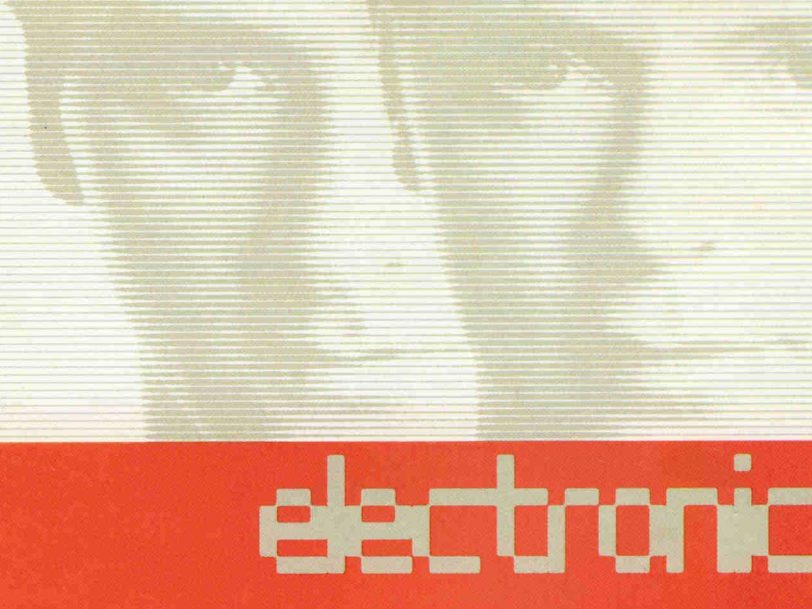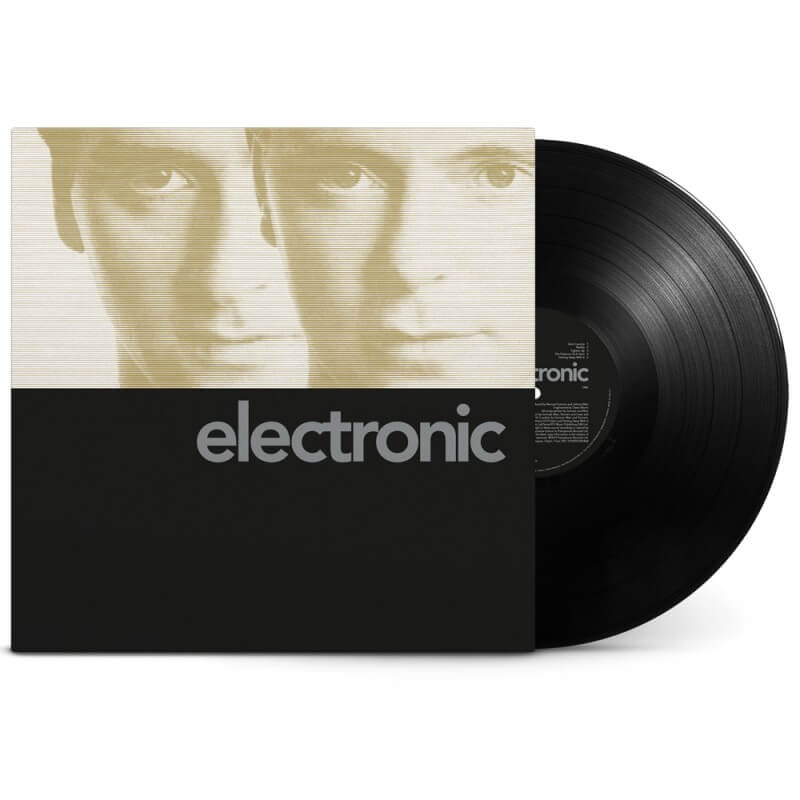It’s often said that opposites attract, so on that basis, you might imagine Electronic’s Johnny Marr and Bernard Sumner had little in common when they came together to record their self-titled debut album. Marr was, of course, the melodic guitar maestro behind the success of indie-pop icons The Smiths, while Sumner’s band, New Order, developed their distinctive sound primarily through embracing synthesisers and the machine-based technology of the day.
Listen to Electronic’s debut album, here.
“I’d had enough of being in groups”
Superficially, aside from the high profiles they commanded with the two most important bands of the 80s, Marr and Sumner appeared to be chalk and cheese. Yet, if you delve a little deeper into their union, you discover their mutual love of the dancefloor.
The pair first met when Marr contributed guitar to two tracks Sumner was producing for future M-People star Mike Pickering’s initial band, Quando Quango, in 1983, and while Sumner was turned on to dance music when New Order visited New York super-clubs such as Paradise Garage during the early 80s, Marr had also DJed at pre-Haçienda Manchester nightspots such as Berlin and The Exit, spinning sets stuffed with James Brown, Chic and rare-groove cuts.
Accordingly, Marr and Sumner’s mutual appreciation was established long before they officially joined forced forces as Electronic in 1988: a time when both men had achieved mainstream success but felt burnt out from the process With New Order, Sumner was surfing the zeitgeist with the brilliant Technique, but he needed a break from touring. Marr, on the other hand, had established a post-Smiths career as a guitar-slinger for hire, playing with artists including Billy Bragg, Kirsty MacColl, Pretenders and Matt Johnson’s The The, but he didn’t feel artistically fulfilled.
“With Electronic, I set out to prove something”
“Playing guitar as a session musician was all I wanted from life at the time,” Marr later reflected in a Melody Maker interview. “I’d had enough of being in groups – I didn’t want the responsibility. With Electronic, I set out to prove something to myself: that I needn’t be so disillusioned making and putting out my own records.”
Initially, though, Electronic’s progress was sporadic. New Order went on hiatus after touring Technique in 1989, but they regrouped to score a UK No.1 in conjunction with the English national football team, 1990’s World In Motion. During this same period, Marr also had obligations to fulfil with The The. In addition, the pair needed to get used to each other’s way of working.
“Strange as it might sound, it was probably a good four to six months before we felt truly comfortable in each other’s presence,” Sumner wrote in his memoir, Chapter And Verse. “We were probably a little bit in awe of each other at first. But once we’d broken through that barrier, the work became fun. We had a call from [Pet Shop Boys mainstay] Neil Tennant to say he’d heard what we were doing and would love to be involved, so we invited him up.”





